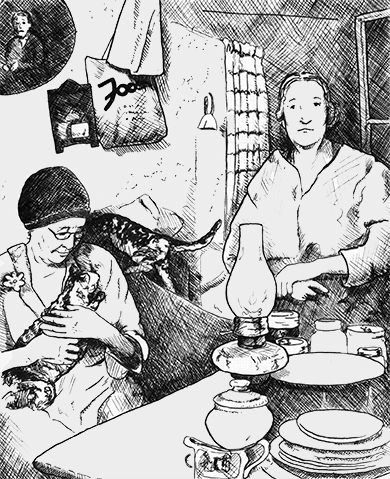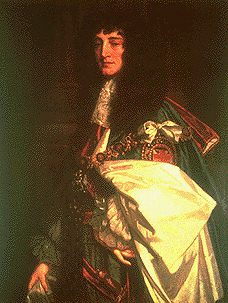Article
Anson Northup
Anson Northup, the first of many steamers to navigate the Red River from Minnesota to the Red River Colony. Shortly after its arrival in Fort Garry in June 1859, the Anson Northup was purchased by the Hudson's Bay Company and entrepreneur J.C. Burbank, who renamed it the Pioneer.




.jpg)



